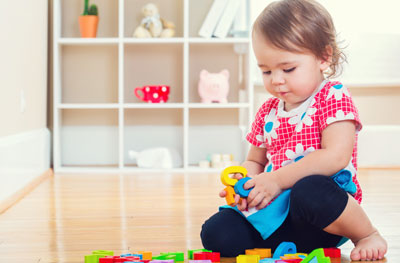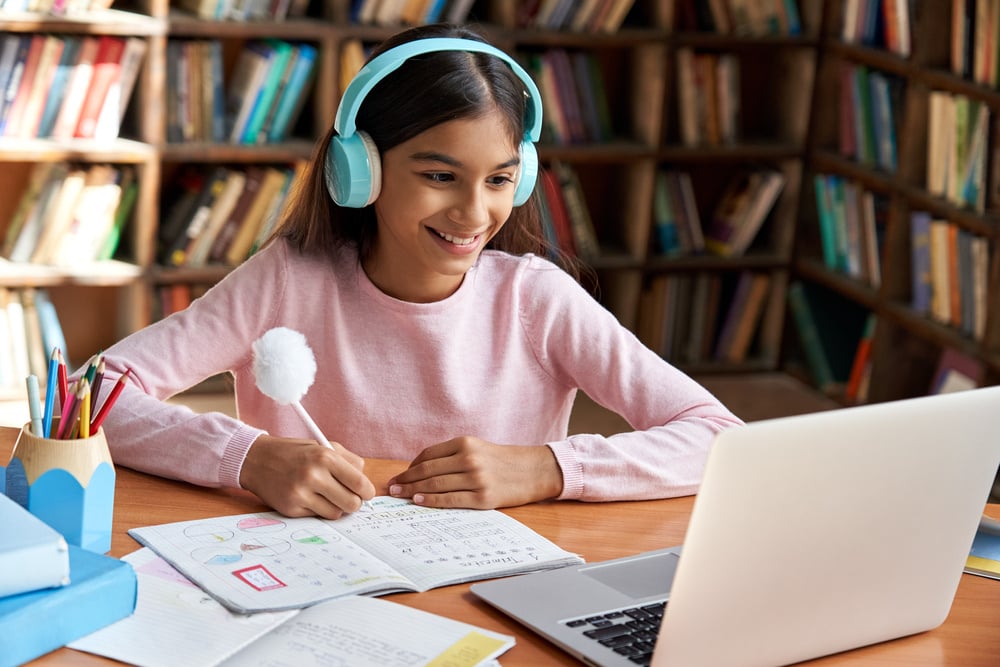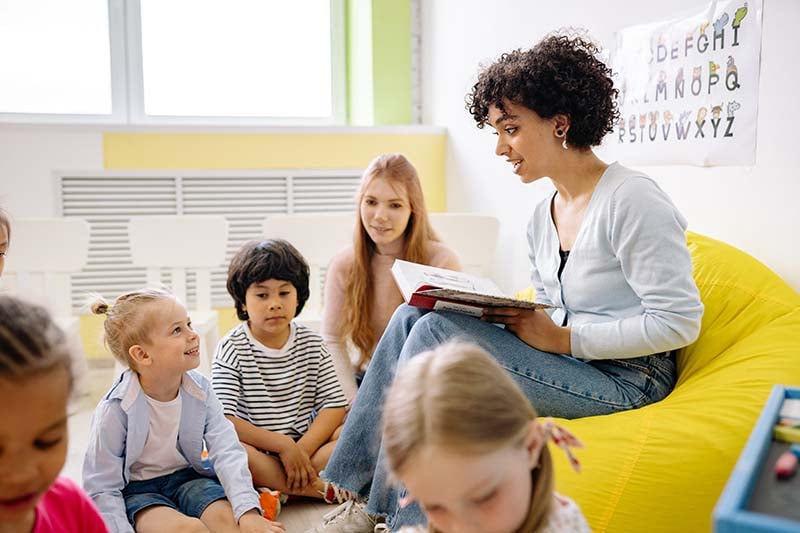 For years, researchers have been enormously interested in academic achievement and I’m sure you can understand why. We are always looking for ways to better prepare ourselves and our children for success. We want our babies to do well in school and we want them to thrive as they grow!
For years, researchers have been enormously interested in academic achievement and I’m sure you can understand why. We are always looking for ways to better prepare ourselves and our children for success. We want our babies to do well in school and we want them to thrive as they grow! Currently, there is a general acceptance amongst researchers that academic achievement is heavily impacted by the way individuals approach learning. Therefore, exploring learning styles with your child and understanding the ways in which they are inclined to learn can be very helpful.
Active Learners
Active learners learn best by doing things related to the subject that they are trying to learn. Thus, active learners are often the most open to discussion, role-playing, and group work. However, they may jump into action before thinking things through and make small mistakes as a result.
Reflective Learners
Reflective learners like to think about things to themselves before acting. They may prefer working alone and take a bit longer to think about a learning situation. Due to this, reflective learners often take longer to complete their work and may not finish things on time.
Sensing Learners
Sensing learners are normally analytical and like to learn facts. Therefore, they may become uncomfortable when asked to think outside of the box and prefer to solve problems with well-established methods. Sensing learners are best at memorizing and doing hands-on work.
Intuitive Learners
Intuitive learners tend to be innovative, open to change, and thrive when given possibilities. Repetitive tasks can frustrate them but they are quite good at grasping new concepts. Mathematics and abstractions are often very easy for them.
Visual Learners
Visual Learners understand best by employing their sight. Pictures, diagrams, charts, films, and visual cues are their best friends.
Verbal Learners
Verbal learners understand best by employing words. They tend to thrive well with written and spoken explanations of what they are learning.
Sequential Learners
Sequential learners learn best in steps. They look at things systematically and do very well when given information in logical steps. Because sequential learners tend to follow paths to solve problems, they often solve parts of problems even if they do not fully understand them.
Global Learners
Global learners understand concepts at random before they learn details. Many times, global learners can solve problems quickly but are unable to explain exactly how they solved the problem.
How Can You Help Your Learner?
Most people use a combination of styles, but normally have a clear preference for one. Tapping into your child’s learning style allows you the control of individualizing their education when they are at home. Although schools often treat it as so, learning is not always one-size-fits-all.
Felder, R. M., & Soloman, B. A. (2000). Learning styles and strategies.
Felder, R. M., & Soloman, B. A. (2000). Learning styles and strategies.





